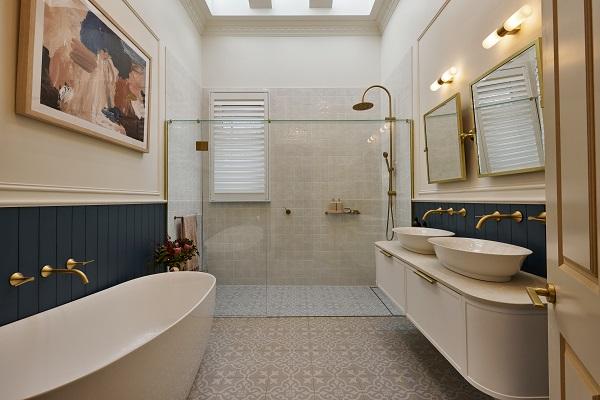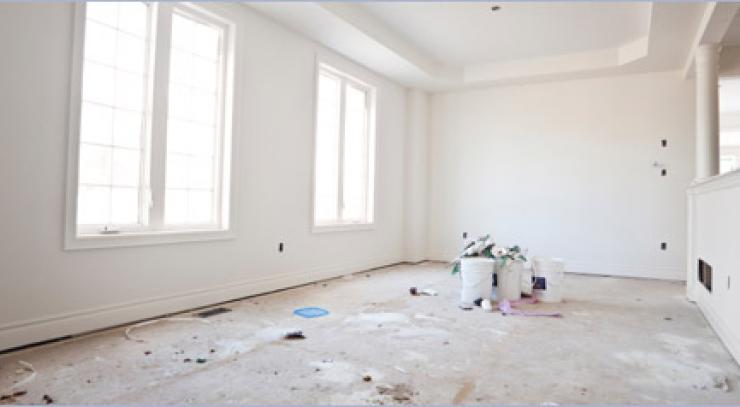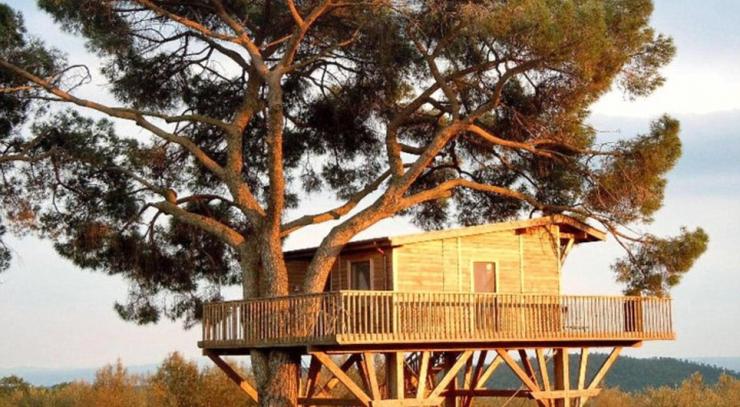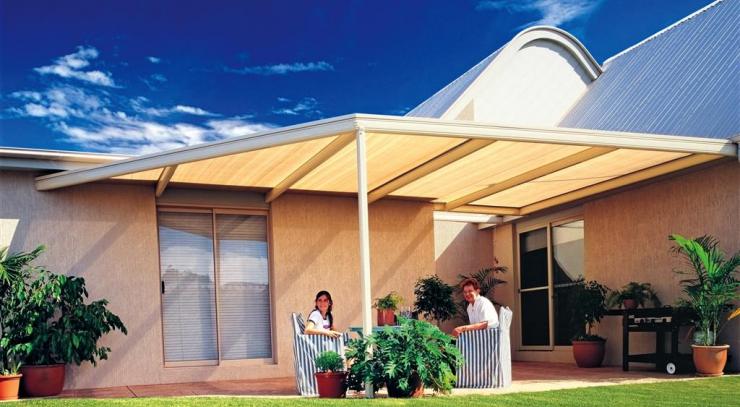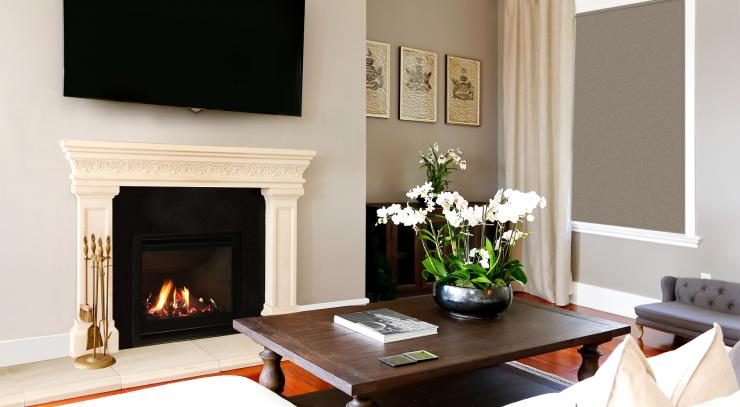The lure of fresh country air, wide-open spaces and a community feel continues to entice Australian homebuyers towards a regional ‘tree change’, a trend that has been booming since 2020.
Alongside larger, more affordable spaces, and the promise of a simpler way of life, comes the charm of older homes and their intricate period details. The cost of maintaining, repairing, and restoring these features, however, can be significant.
For those period homes that require a touch of modernising, knowing when to hold onto, or replace original features can be a tricky path to navigate. Here, CSR Gyprock shares some top tips on how to retain the heritage charm of your country home while incorporating modern updates.
Blending old and new
One popular way to modernise a period home is to open up the original structure with a modern extension, resulting in a more spacious and airier floorplan.
Contrasting period features against modern design can make a big impact architecturally, but it’s also important to retain a flavour of the old in the new. High ceilings, decorative cornice, chandeliers, door knobs and ceiling roses are typical hero moments in older homes and showcasing some of these features in a new renovation can serve as an anchor between the eras.
Whether you’re renovating or extending the home’s footprint, it’s important to retain the authenticity and character of the existing home,” says Renee McGinty, general manager of marketing for Gyprock. “The installation of interesting design features that stay true to the era can help set the scene.”
Covering a wide range of styles and eras, Gyprock’s range of decorative plaster can provide authenticity and inspiration when realising period appropriate designs. From wall panels to roses, cornices to corbels, the versatile range can bring a room to life and enhance and define the spaces within period homes.
Ceiling Roses
A ceiling is an element that can easily transform the look and feel of a room and ceiling features can make an enormous difference no matter what style or era of your room. Ceiling roses have been used throughout the decades and come in a variety of designs from simple to very elaborate and ornate. The original purpose of a ceiling rose, particularly in large and spacious homes, was to provide a focal point for a high-ceiling, as well as to enhance the aesthetic appeal of light fittings.
“The style you choose will largely depend on your current décor and any other pre-existing heritage features,” says Renee. Whether original or newly installed, a ceiling rose can add an elegant and sophisticated touch to a room. For example, incorporating decorative elements in bathrooms can provide a unique focal element and, when used alongside modern plasterboard such as moisture resistant Gyprock Aquachek, can signal a tangible blend of old and new.
Selecting the right type, style or design comes down to a few factors, as Renee explains.
“The trick to choosing the right ceiling rose is to consider the ceiling height and room size, and to match the smaller and larger diameters with the same patterns. You can select from different periods’ styles to suit your home or by a particular design, which helps if you are trying to match a cornice style or pattern in a room.”
Cornices
When renovating a home with a particular era in mind, there are ways to respect the character of the property, preserving the past while allowing for modern day living. Effectively, cornice bridges the junctions between walls and ceilings and today there are many modern profiles which, beyond function, work to make a striking style statement in a home.
Throughout the eras, cornice styles have changed to reflect the building trends of the time and were typically known for their intricate and decorative mouldings.
Gyprock offers a range of cornice profiles to suit classic or contemporary house styles that can easily blend with popular skirting boards, architraves and other fixtures and fittings to create consistency in the details. Its range of decorative cornice is reflective of the past and can help refine a connection to the architectural heritage of a period home.
“Ornate plasterwork is often the defining feature of a heritage home and will give a clear reference to its period,” says Renee, adding: “Understanding how the building was originally finished and following that lead will give the best result.”
Carrying the same detail throughout a newer or more modernised space in a period home, will result in a more cohesive design narrative reflective of its past. Beyond decorative moulding many other factors will contribute to the liveability and aesthetic impact of a period renovation. Consider paint colours, wall patterns, furniture and cabinetry to assist in maximising the charm.
With thought and planning you can create contemporary spaces that preserve a beautiful, timeless quality. You can speak with your builder about how to incorporate Gyprock Decorative plaster features when you are renovating or building.
For more information visit www.gyprockliving.com.au

